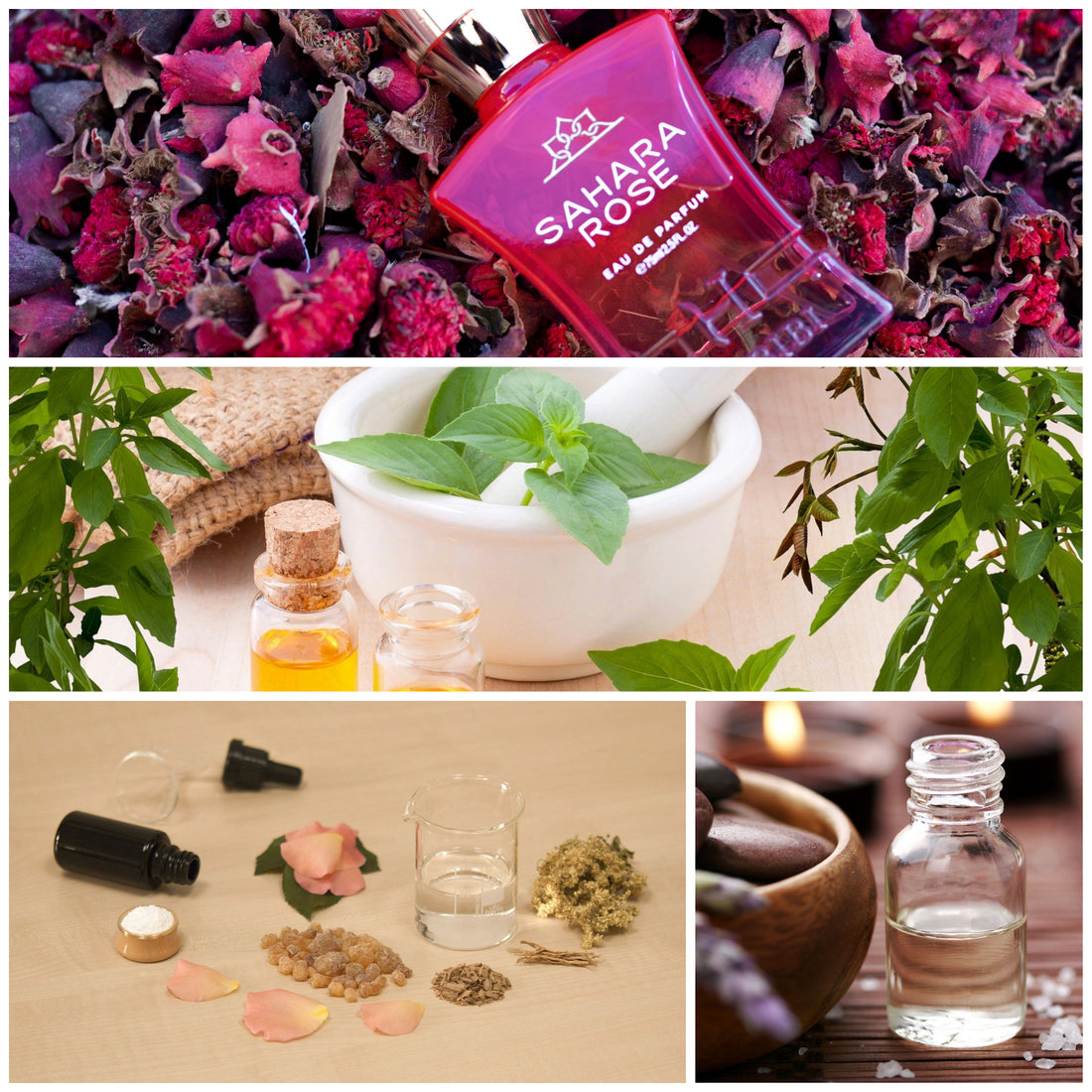Being in the perfume business, we’ve seen so many customers and enthusiasts ask why alcohol is used in fragrance. But the answer is sort of unexpected: technically, there is no alcohol in fragrances…
…At least, there’s no consumable alcohol.
The type of alcohol used to dilute and “carry” a fragrance blend is called denatured alcohol, which is basically a processed alcohol mixed with additives so it becomes non-consumable.
The alcohol used in perfumes is legally declared undrinkable so it cannot be illegally used in unlicensed alcoholic beverages (not that anyone would want to drink alcohol which has been mixed with perfume oils and aroma chemicals, anyway). It’s a cosmetic product, not an intoxicating beverage.
Wearing eau de toilettes, eau de parfums, and any other fragrance concentration (more on that below) with alcohol is completely safe and appropriate for those who do not consume alcohol. It will not enter the bloodstream – in fact, most of the alcohol in a perfume will evaporate within a minute of spraying on the skin.
Why dilute fragrances with alcohol anyway? Doesn’t that make them weaker?
No – in fact, diluting fragrance materials often helps them project better than pure fragrance oils.
These are the primary reasons fragrance brands choose to dilute their perfumes:
- Denatured alcohol evaporates quickly and acts as a “vehicle” for the odorants to project off the body more than a pure parfum oil would
- Diluting fragrant materials helps them combine in a blend more efficiently, meaning they don’t have to sit and “age” as long as a pure parfum oils do
- Diluting particularly powerful materials makes them easier to use in soft, subtle ways
- Many materials behave differently in a blend when they are diluted, and a skilled perfumer will utilize this to produce certain effects
- Alcohol doesn’t dry the skin since most of it evaporates very quickly
What is an eau de parfum vs. eau de toilette, etc.?
This is another incredibly common question, but unfortunately, the answer isn’t very straightforward.
“Eau de cologne,” “eau de toilette,” and “eau de parfum” are all names for different concentrations of fragrance alcohol content versus oils, aroma chemicals, and basically any odorants used in a composition.
The problem is that there is no legal definition for these concentration names. So, some companies will claim their perfume at 15% oil-to-alcohol is an “eau de parfum,” while another will have the same percentage labeled an “eau de toilette.”
The difference between and eau de parfum and an eau de toilette is hard to define, but there are some similarities and accepted norms in the fragrance industry.
These are the most widely-accepted definitions of each category today (note that these aren’t meant to be exact):
- Eau Fraiche – 1-3% fragrant materials
- Eau de Cologne – 2-4%
- Eau de Toilette – 5-15%
- Eau de Parfum – 15-20%
- Parfum – Over 20%
Many people claim that Eau de Parfums and Pure Parfums last longer than lower concentrations. This is often true, since a single spray of an Eau de Parfum will contain more fragrant materials than a single spray of, say, an Eau de Cologne.
But every fragrance will behave differently depending on what materials are used. It’s entirely possible that an Eau de Toilette fragrance that has more long-lasting materials like Oud will last longer than a Pure Parfum fragrance that has more herbal or floral materials.
All Habibi fragrances – masculine and feminine – contain at least 20% fragrant materials or more, making most of them “Eau de Parfums” and some of them “Pure Parfums.”
This is a higher concentration than many other brands in the same price point or higher will produce.

